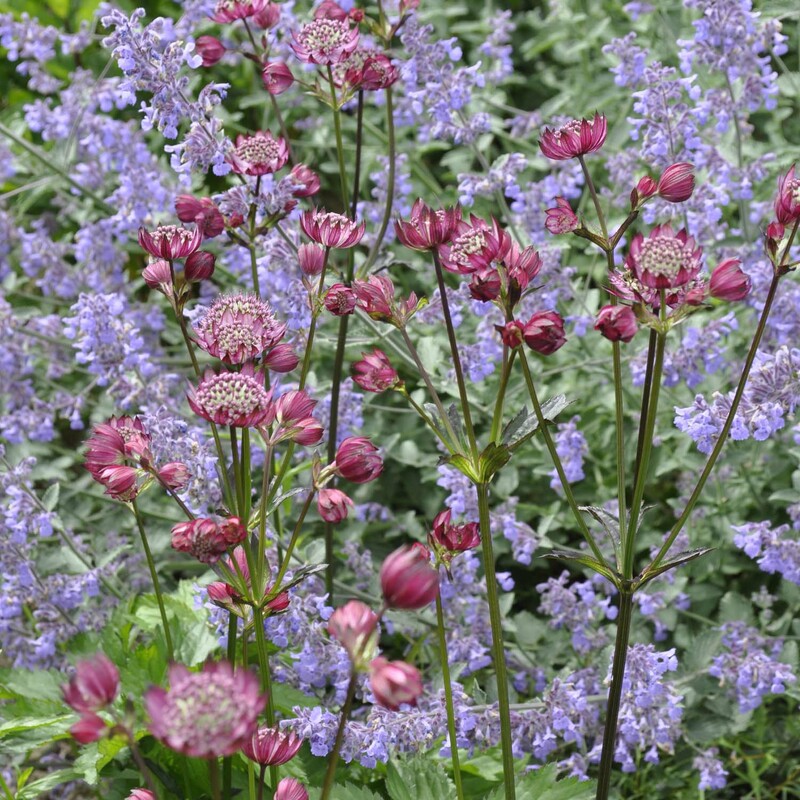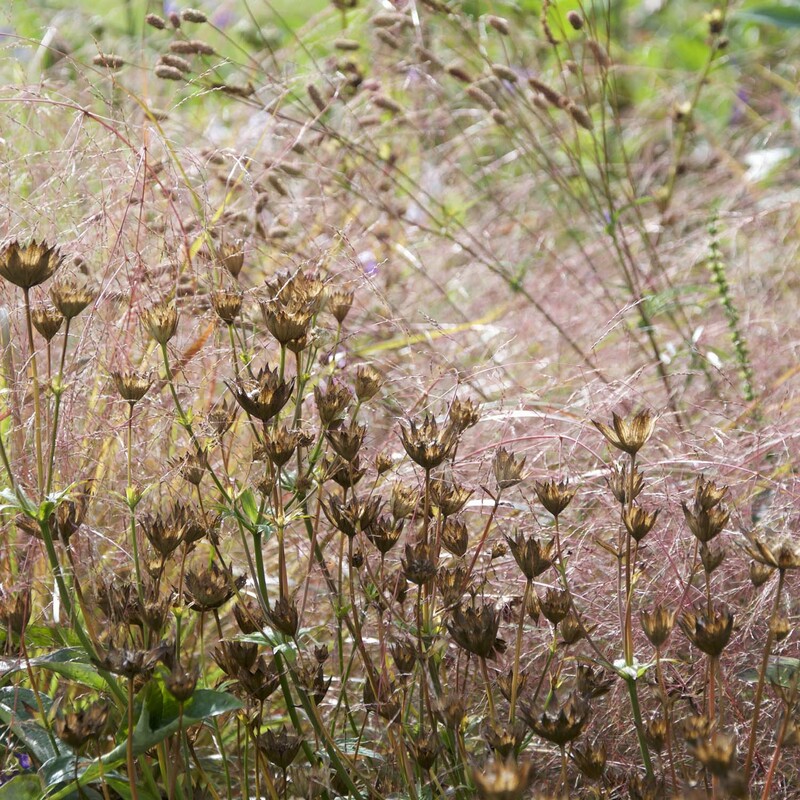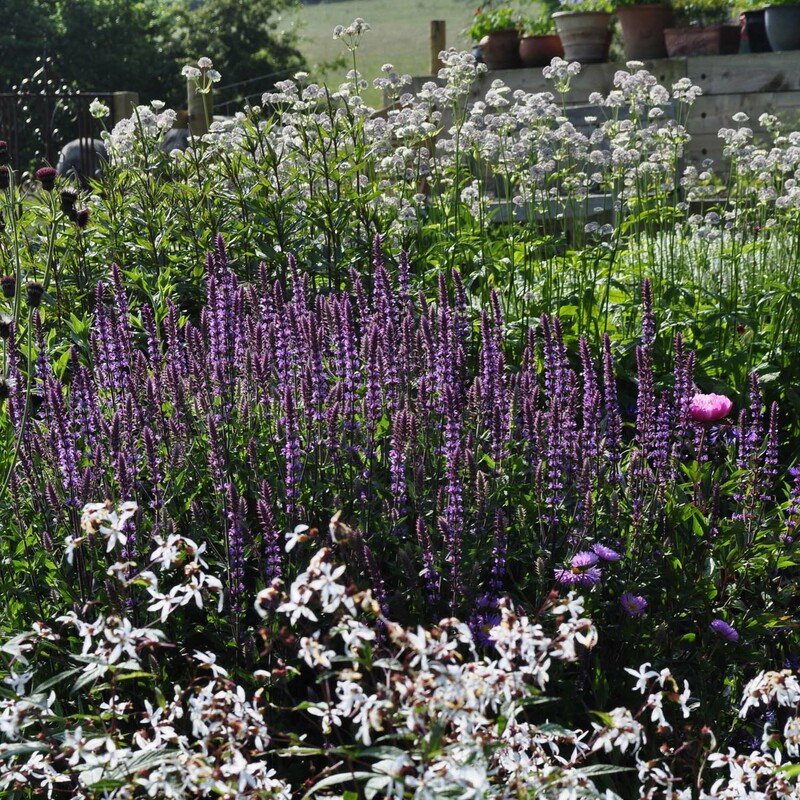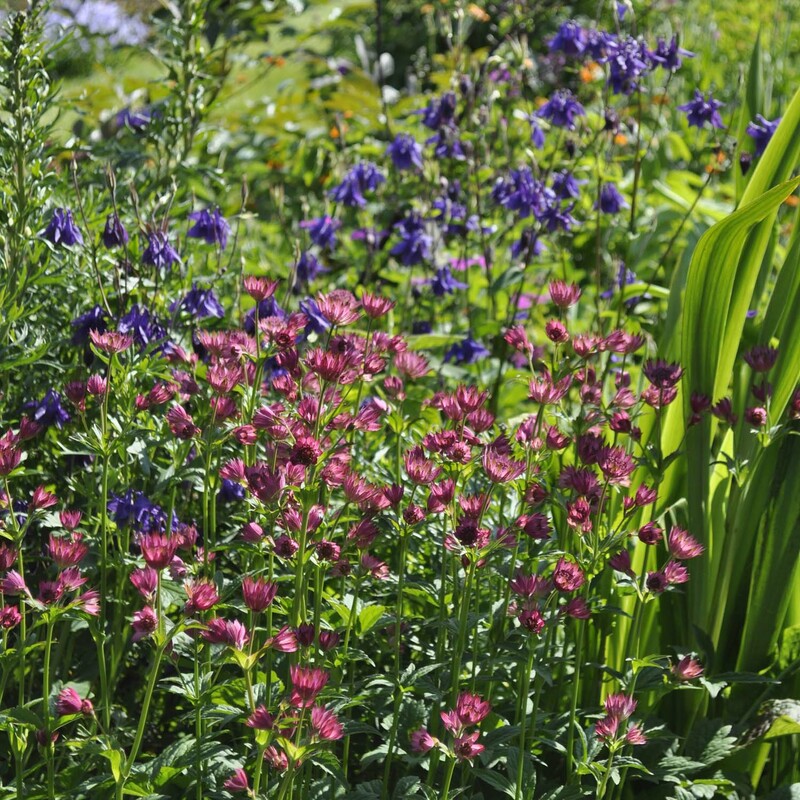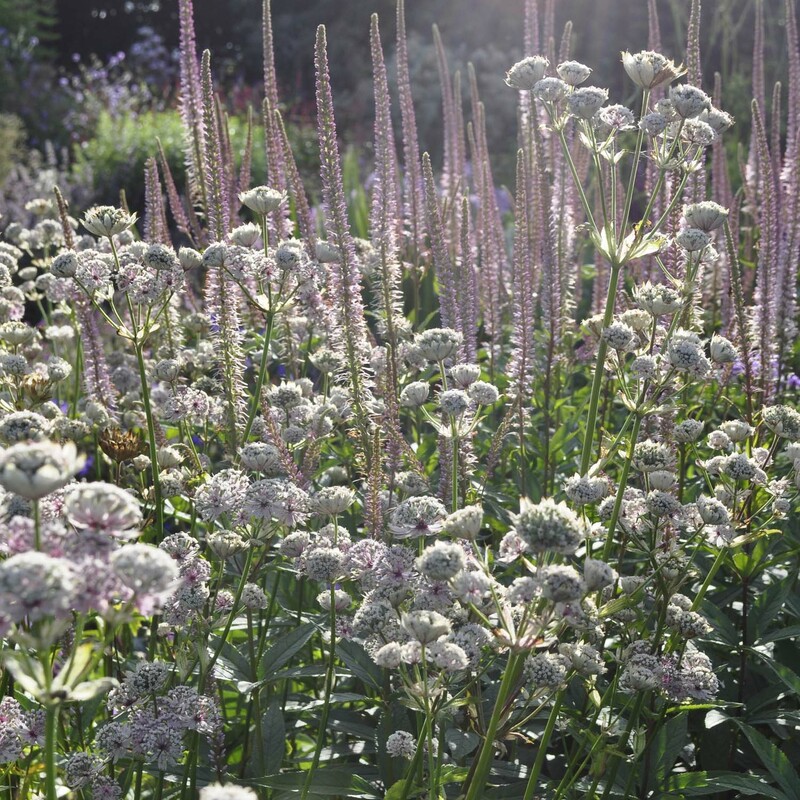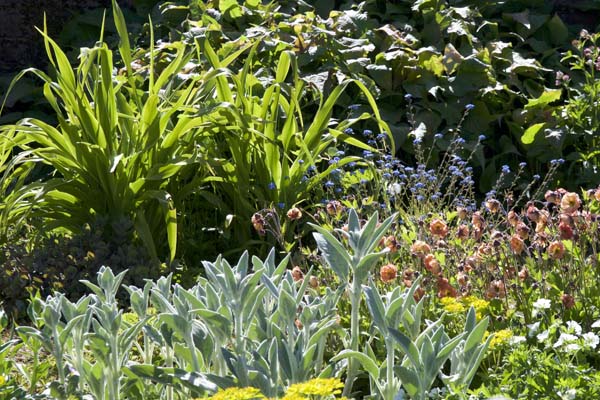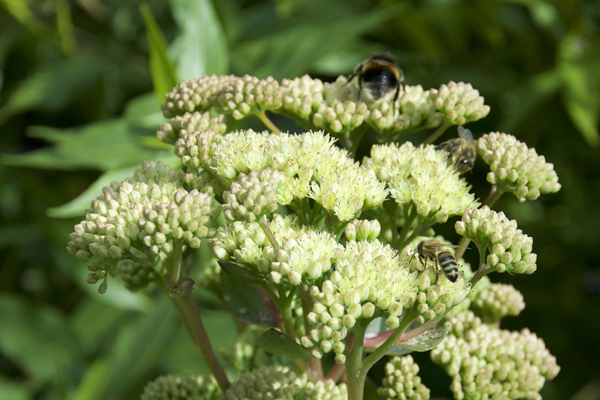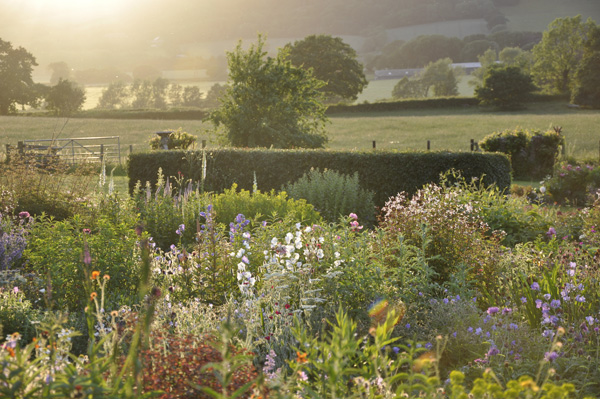Astrantia (Masterwort) Plant & Care Guide
Among the loveliest border perennials, the distinctive, papery flowers of this pollinator friendly plant look like small pin cushions. These are carried in upright sprays on wiry, branched stems above a mound of deeply cut leaves. Astrantia are great for spots in the border that become shady, towards the middle of a big border or the front of a narrow border. These are loved by bees and other flying insects. They also make good cut flowers, but make sure they are placed straight into water or the flowers will droop.

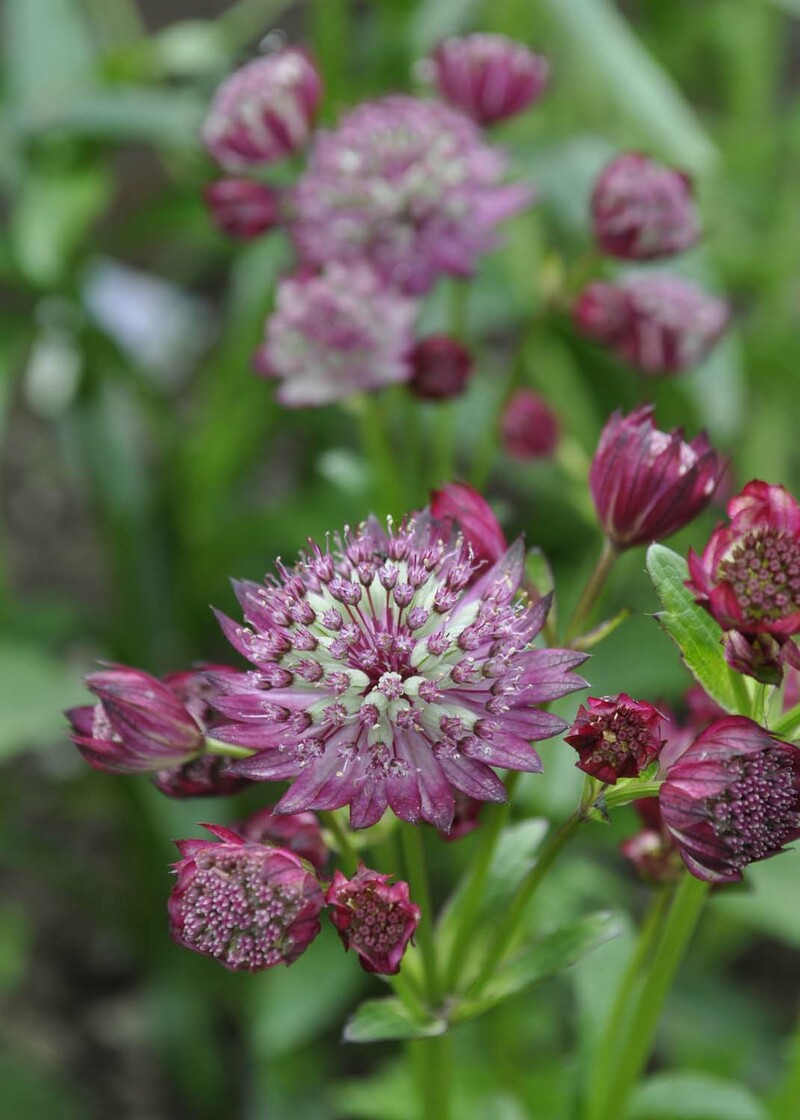
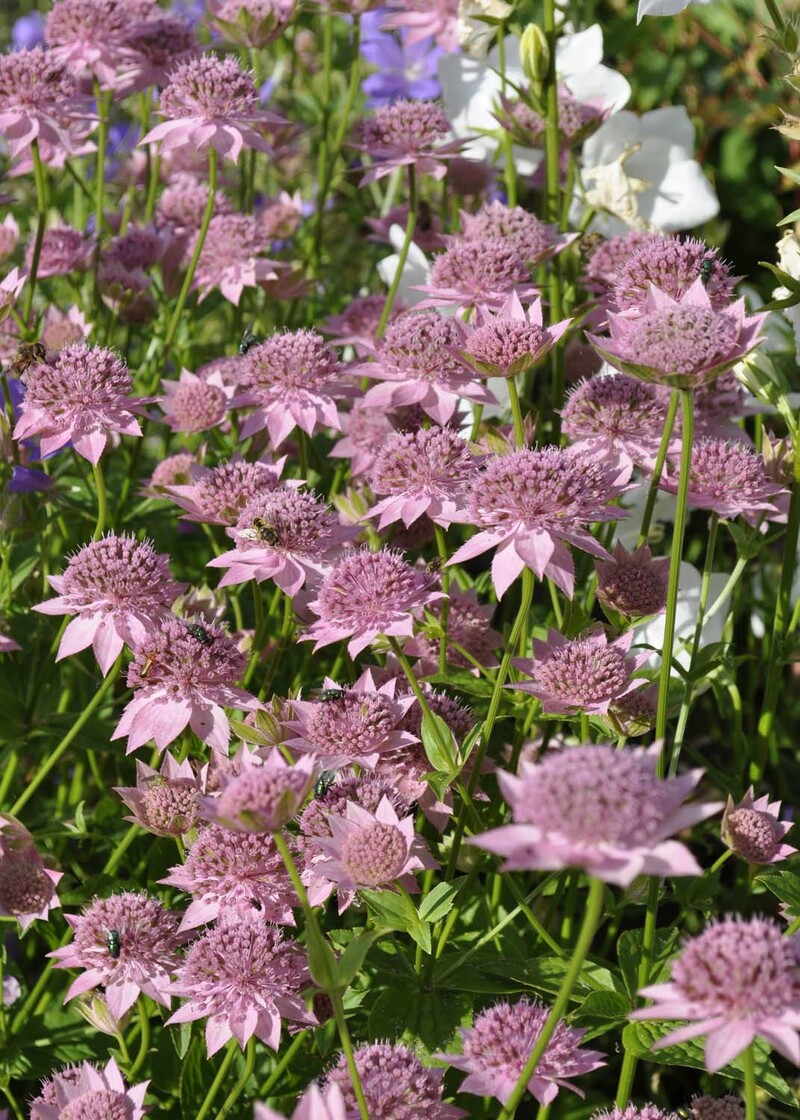

Left to right: Astrantia 'Buckland', Astrantia major 'Rubra', Astrantria maximia, Astrantia 'Gill Richardson'
Types Of Astrantia Flowers
When I started in the nursery trade there were just a few varieties, but as masterworts readily cross-pollinate, many new varieties have been introduced over the past 15 to 20 years. Some are very similar, in fact so similar it is difficult to tell the difference.
When do Astrantia Flowers Bloom?
This pollinator friendly plant flowers from June to August, providing plenty of food for local insects. Some varieties may bloom again in September, which is very useful for bees are stockpiling honey for the winter.
You can keep them flowering more frequently by deadheading, as in, to remove the flower head when they start to fade. This prevents the production of seeds and encourages continual flower growth.
Astrantia Leaves & Appearance
Most Astrantias carry the pin-cushion like flowers in sprays on short branches that are produced towards the top of slender stems. The leaves are mid-green and deeply divided, although there are exceptions. The leaves of Astrantia major 'Sunningdale Variegata' are splashed with cream and the flowers of Astrantia maxima are borne in ones or twos above leaves that are lightly divided into three sections.
Where Does the Astrania Come From?
The plant originated in central to eastern european forests and meadows. Like the Aster, its name comes from the Greek word for “star”, for the many pointed petals the flowers have. The name Masterwort (or master root) has its origins in the 1500s, when the plant’s roots were used or chewed to treat a variety of ailments.
How to Plant Astrantias
Where to Grow Astrantia Flowers
Astrantia grow naturally in well-drained soil that remains moist, in a sunny, partial shade, and even fairly shady spots. They are rather adverse to extremes. Areas with excessive sun, shade, dry soil or wet soil need to be avoided if you want them to thrive.
How To Grow Astrantia
Astrania plants are best planted either in early bring or early autumn. You can buy astrantia plants direct from our online nursery. All masterwort plants can take a little time to establish, but they are very easy to grow once they have established.
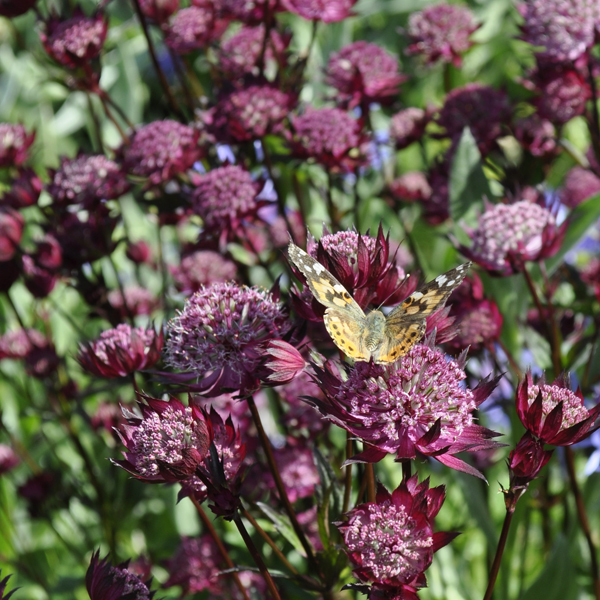
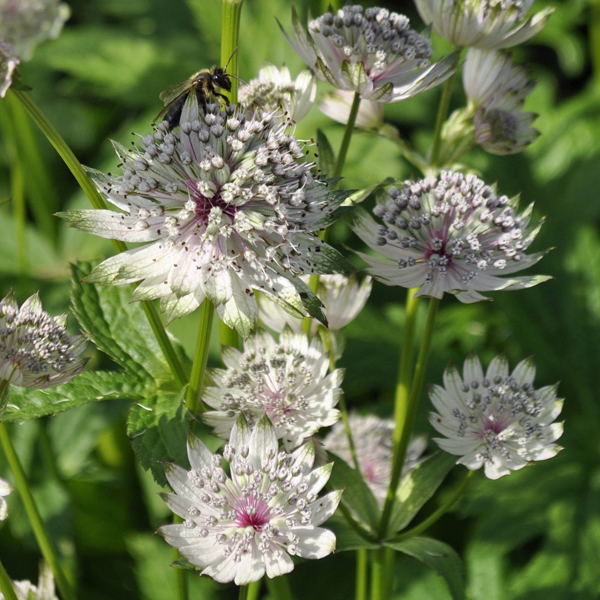
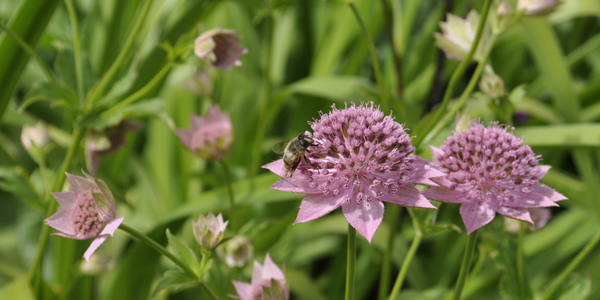
Insects love Astrantia - left to right: Astrantia 'Hadspens Blood' with a Painted Lady butterfly, Honey bee enjoying Astrantia major and a Hover fly on Astrantia maxima
How To Care For Astrantia Plants
Pruning
Cut back the flowers stems back after flowering to prevent the plant seeding around and to encourage more flowers. This is with the exception of Astrantia maxima, with this plant just cut the flower stems as the leaves won't grow. If you leave the seedheads untouched, they will remain in a lovely brown shape for several months.
Pests
As a pollinator friendly plant, the majority of insects that this plant attracts are only there for the pollen and the nectar. Powdery mildew can affect the masterwort during autumn weather.
Are Astranias Invasive?
No. The root network can expand, forming larger clumps than what you originally planted, but it will not overtake a garden. And while it is a prolific seeder, offspring plants are generally unimpressive and don’t spread very far from the parent.
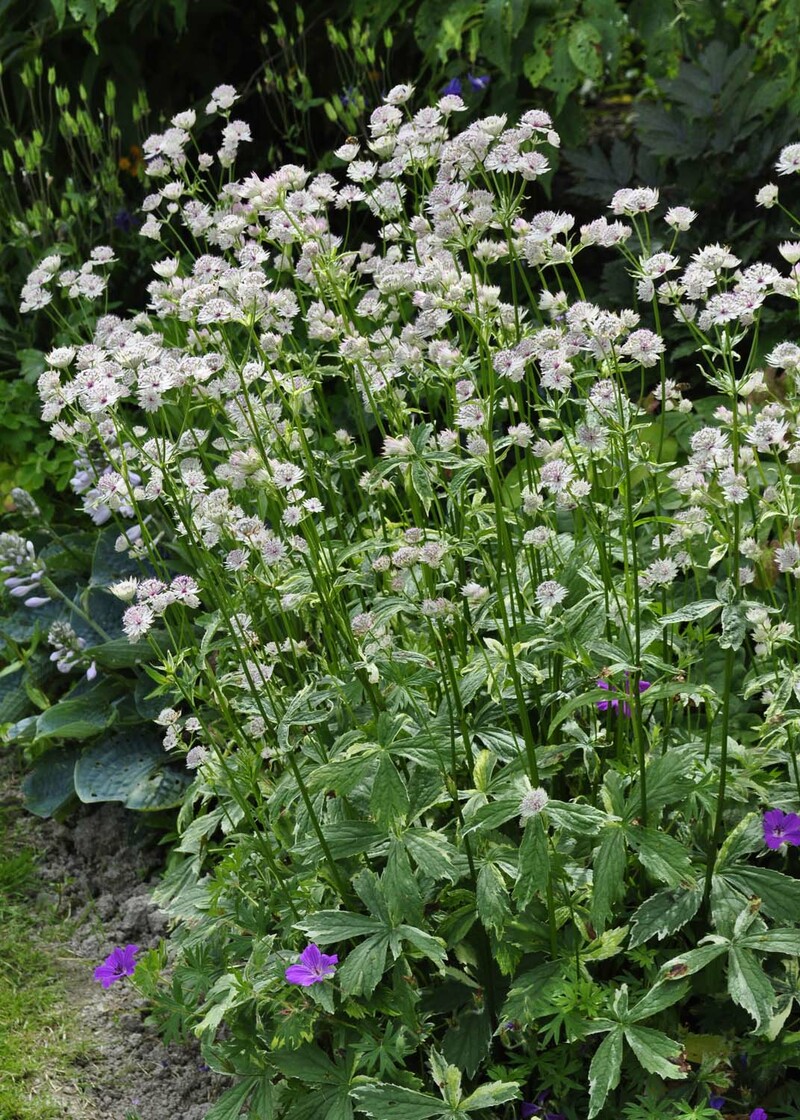
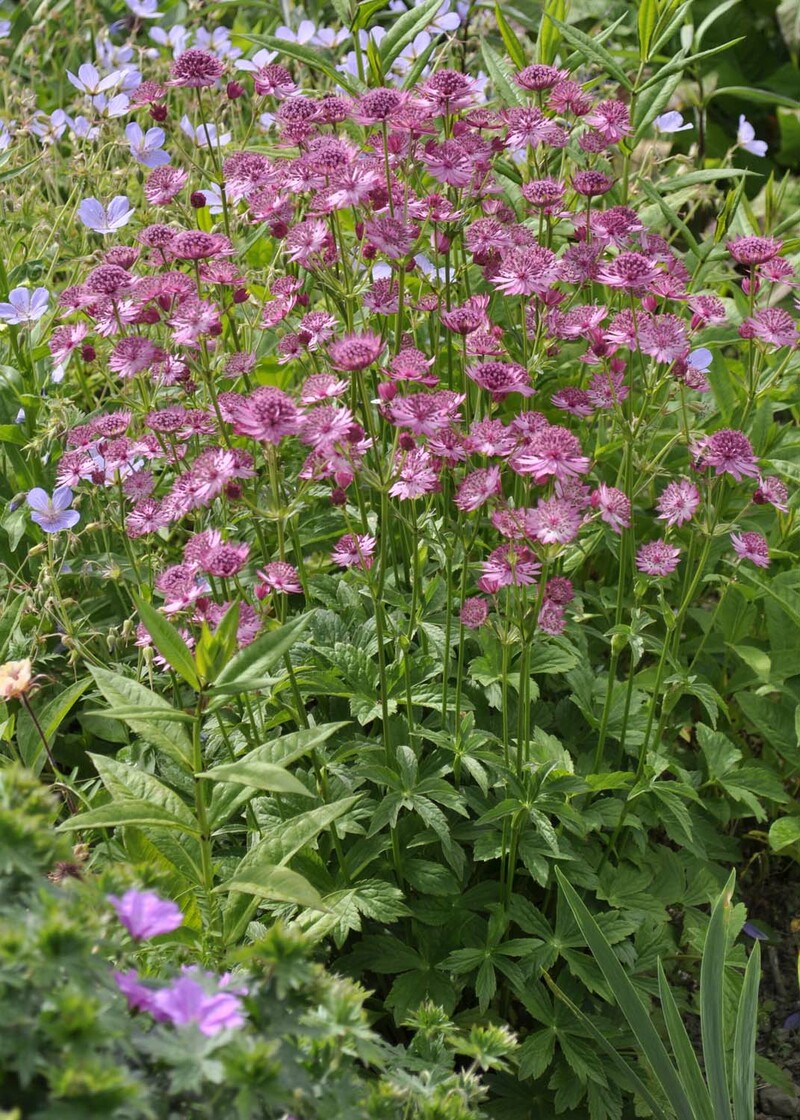
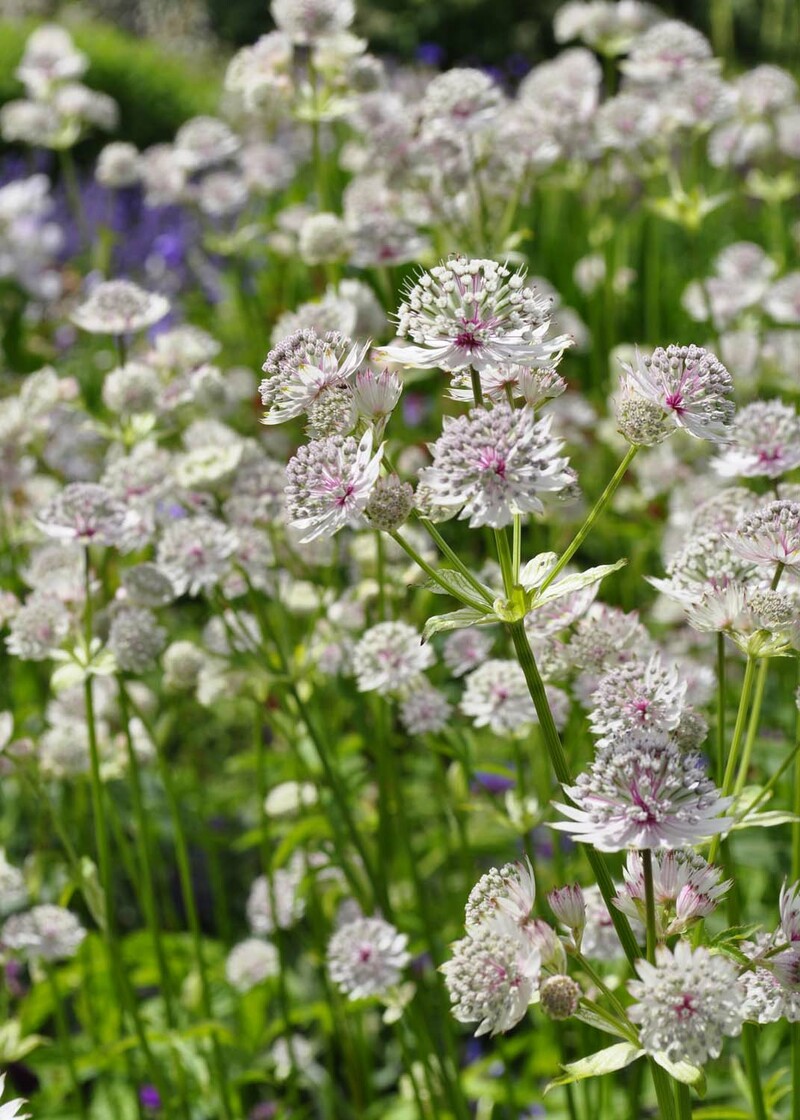

Above: Astrantia major 'Sunningdale Variegated', Astrantia 'Roma', Astrantia major, Astrantia 'Ruby Star'
Astrantias Are Good with
When you buy astrantia plants, consider some perennials that like soil that does not dry out entirely through the summer. I love them with Alchemilla mollis, Campanula persicifolia, Veronicastrum and any mounding perennials.
Top left to right: Astrantia 'Claret' with Nepeta 'Six Hills Giant', Astrantia seed heads with grass Anemanthele lessoniana, Astrantia major, Salvia 'Caradonna' and Gillenia trifoliata, Astrantia 'Roma' and Aquilegia vulgaris
Bottom left to right: Left to right: Astrantia major 'Sunningdale' with Geranium nodosum' Clos du Coudray, Astrantia 'Hadspen Blood' with Alchemilla mollis, Astrantia maxima with Campanula persicifolia alba, Astrantia major with Veronicastrum virginicum 'Pink Glow'
